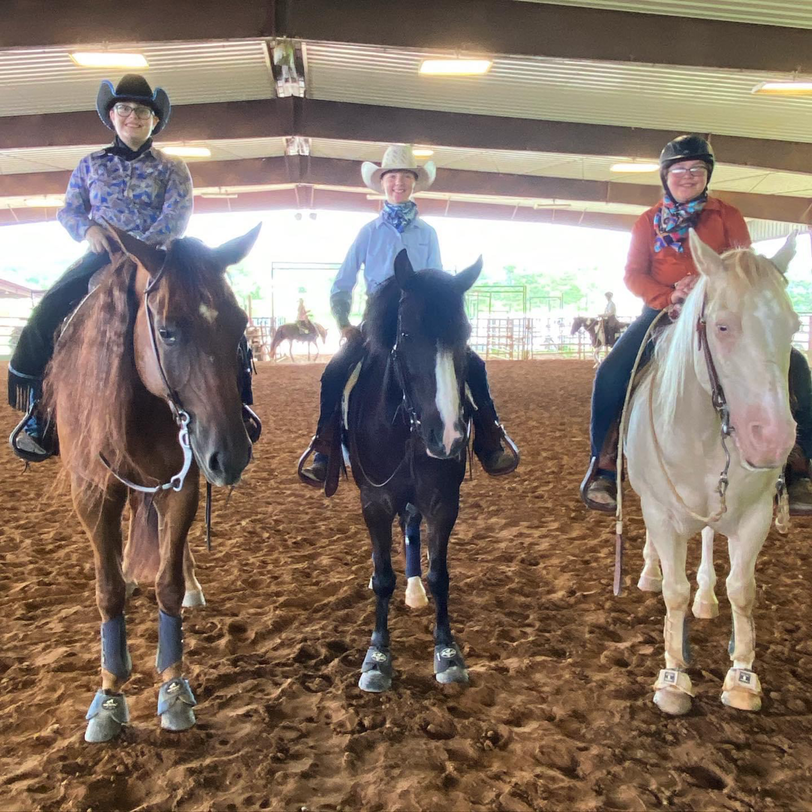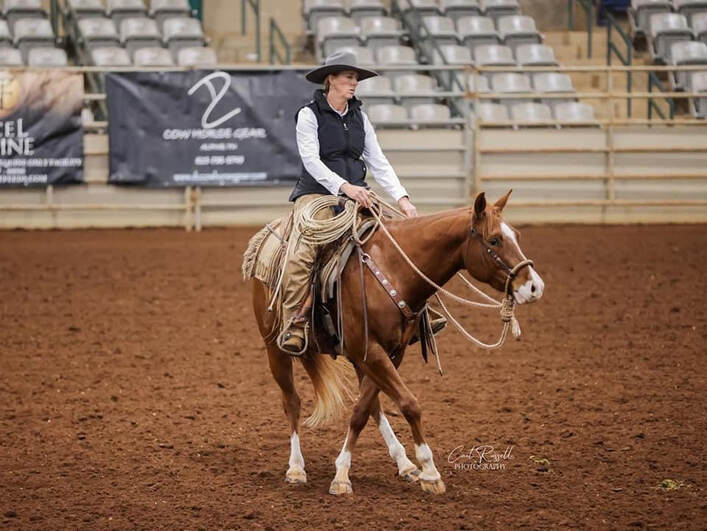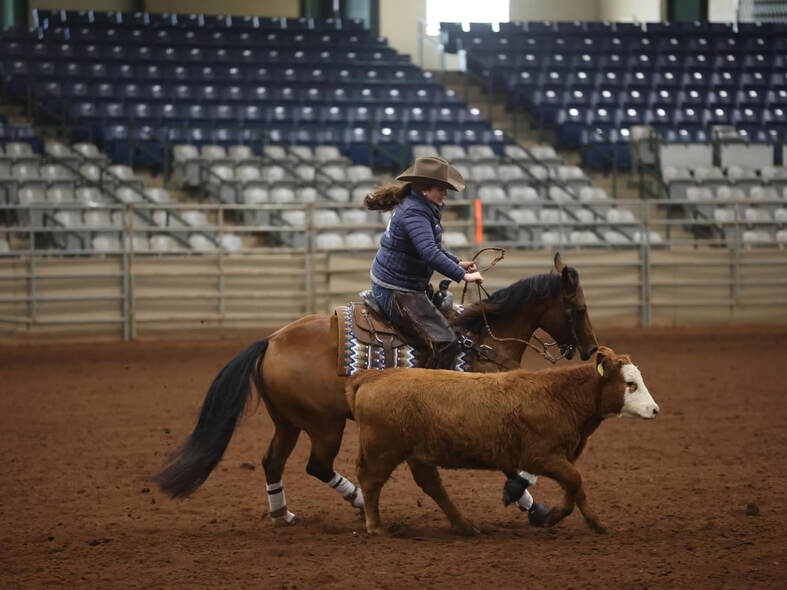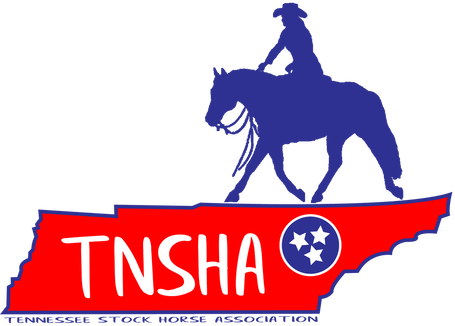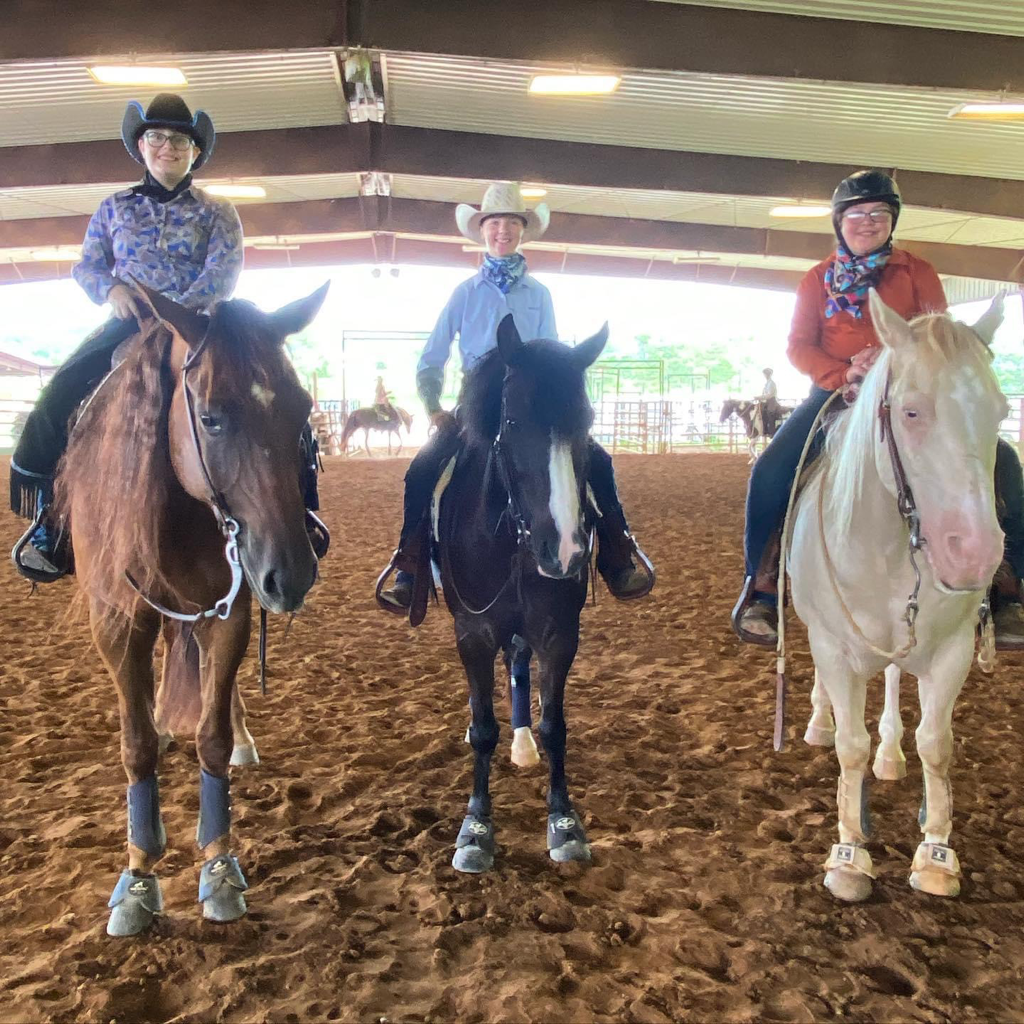The Tennessee Stock Horse Association was founded in 2012 as an affiliate of the American Stock Horse Association and began by putting on clinics and shows in the Middle Tennessee area. Currently we have extended to hosting 3-day clinic and shows across the state of Tennessee and northern Alabama. Clinicians are often local trainers or are flown in from anywhere across the country. We are an established 501(c)3, and pride ourselves on creating a versatile, affordable, and fun family atmosphere. Whether this is your first show or you are a veteran exhibitor, we welcome you to join us in our mission to ride a better horse!
Where education meets competition - TNSHA puts on a 1/2 day clinic prior to all of our shows. This opportunity gives riders the chance to refine their skills working live cattle, tuning up reining maneuvers, nailing those pleasure transitions, and mastering the trail obstacles prior to the day of showing - all with the help of an experienced clinician. Clinicing also helps riders better understand the scoring system and show format.
Heads up! Our clinics fill quickly! Become a TNSHA member to get first dibs to sign up for clinics.
Where education meets competition - TNSHA puts on a 1/2 day clinic prior to all of our shows. This opportunity gives riders the chance to refine their skills working live cattle, tuning up reining maneuvers, nailing those pleasure transitions, and mastering the trail obstacles prior to the day of showing - all with the help of an experienced clinician. Clinicing also helps riders better understand the scoring system and show format.
Heads up! Our clinics fill quickly! Become a TNSHA member to get first dibs to sign up for clinics.
TNSHA Shows & Classes Offered:
Our shows are ASHA-approved events and include 4 classes, in which each rider performs individually. Riders must show in all four classes within their division to be eligible for a high point award. In addition to these classes, we offer a separate variety of jackpot classes at each of our shows.
Stock Horse Pleasure: This class serves to measure the ability of the horse to be functional and a pleasure to ride while being used as a means of conveyance from one task to another. The horse should be well-broke, relaxed, quiet, soft and cadenced at all gaits and should be ridden on a relatively loose rein with light contact and without requiring undue restraint. The horse should be responsive to the rider and make all required transitions smoothly, timely and correctly. The horse should be soft in the bridle and yield to contact. Horses are shown individually at the walk, trot and lope in both directions.
Trail: A horse is ridden through a pattern of obstacles which should nearly approximate those found during the course of everyday work. The horse is judged on the cleanliness, neatness and promptness with which the obstacles are negotiated, ability to negotiate obstacles correctly and attitude and mannerisms exhibited by the horse while negotiating the course. Emphasis on judging should be on identifying the well-broke, responsive, well-mannered horse which can correctly negotiate the course. All courses and obstacles are to be constructed with safety in mind so as to eliminate any accidents. Trail often times can be on shown on rugged (but flat) terrain rather than in an arena if the facility has a suitable set up.
Our shows are ASHA-approved events and include 4 classes, in which each rider performs individually. Riders must show in all four classes within their division to be eligible for a high point award. In addition to these classes, we offer a separate variety of jackpot classes at each of our shows.
Stock Horse Pleasure: This class serves to measure the ability of the horse to be functional and a pleasure to ride while being used as a means of conveyance from one task to another. The horse should be well-broke, relaxed, quiet, soft and cadenced at all gaits and should be ridden on a relatively loose rein with light contact and without requiring undue restraint. The horse should be responsive to the rider and make all required transitions smoothly, timely and correctly. The horse should be soft in the bridle and yield to contact. Horses are shown individually at the walk, trot and lope in both directions.
Trail: A horse is ridden through a pattern of obstacles which should nearly approximate those found during the course of everyday work. The horse is judged on the cleanliness, neatness and promptness with which the obstacles are negotiated, ability to negotiate obstacles correctly and attitude and mannerisms exhibited by the horse while negotiating the course. Emphasis on judging should be on identifying the well-broke, responsive, well-mannered horse which can correctly negotiate the course. All courses and obstacles are to be constructed with safety in mind so as to eliminate any accidents. Trail often times can be on shown on rugged (but flat) terrain rather than in an arena if the facility has a suitable set up.
Reining: This class measures the ability of the western stock horse to perform many basic handling maneuvers. The American Stock Horse Association has five recognized regular patterns plus two Novice & Youth Patterns. The patterns are broken down into either 7 or 8 maneuvers to be scored a maximum of 10 points each. Maneuvers include stops, spins, rollbacks, circles, backups, hesitates, and lead changes.
Working Cow: A versatile western stock horse must also be a cow horse and this class has been designed to demonstrate and measure the horses ability to do cow work. Novice and Youth riders must complete a pattern and box a cow for 1 minute. Green Horse and Limited division riders have two minutes to box a cow, release the cow, and drive the cow down the side of the arena to the opposite end of the arena. Open and Non-Pro riders have 3 minutes to box a cow and to complete fence work with an option to rope or to circle the cow.
Working Cow: A versatile western stock horse must also be a cow horse and this class has been designed to demonstrate and measure the horses ability to do cow work. Novice and Youth riders must complete a pattern and box a cow for 1 minute. Green Horse and Limited division riders have two minutes to box a cow, release the cow, and drive the cow down the side of the arena to the opposite end of the arena. Open and Non-Pro riders have 3 minutes to box a cow and to complete fence work with an option to rope or to circle the cow.
TENNESSEE STOCK HORSE ASSOCIATION
Copyright 2023
